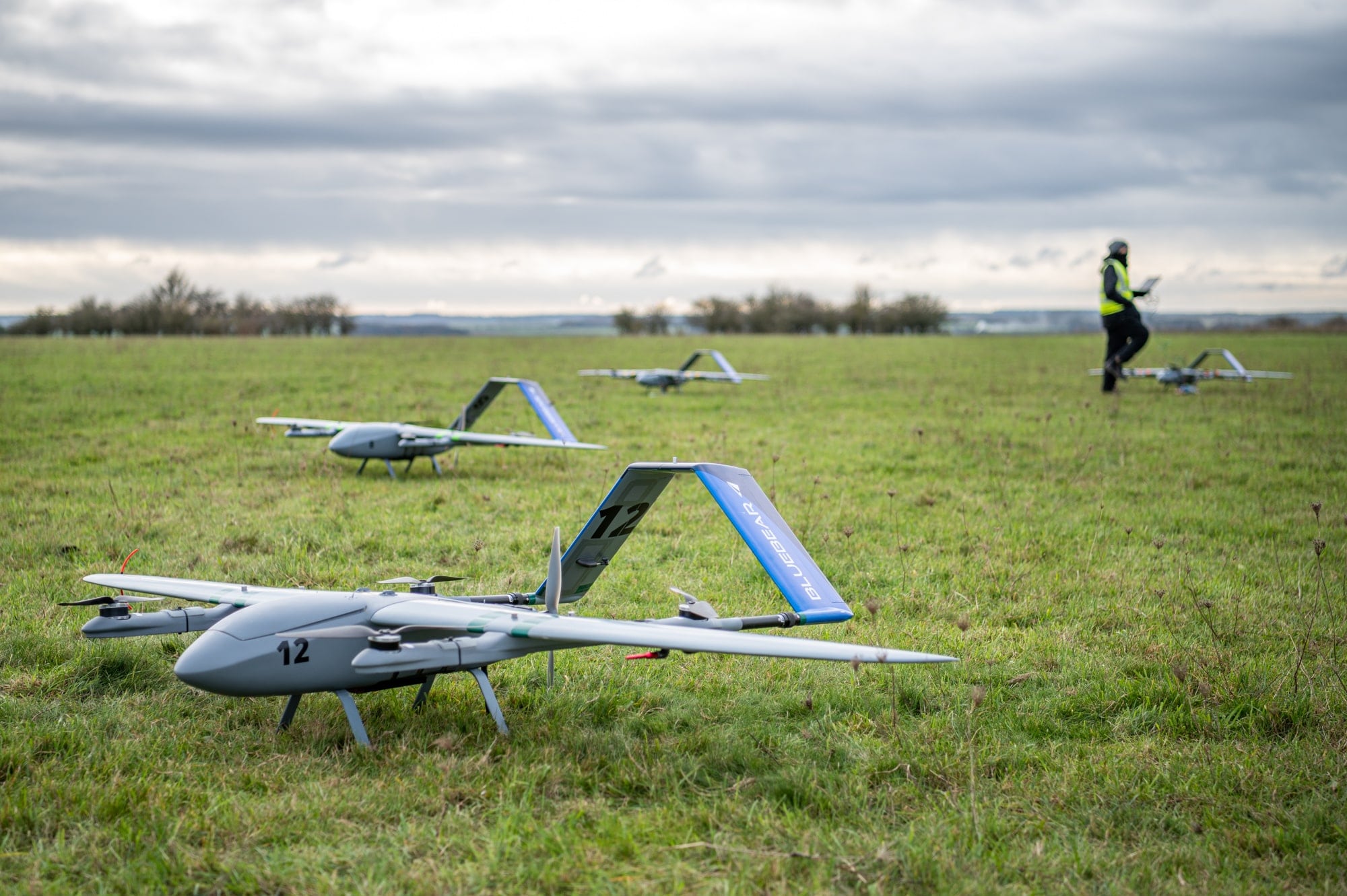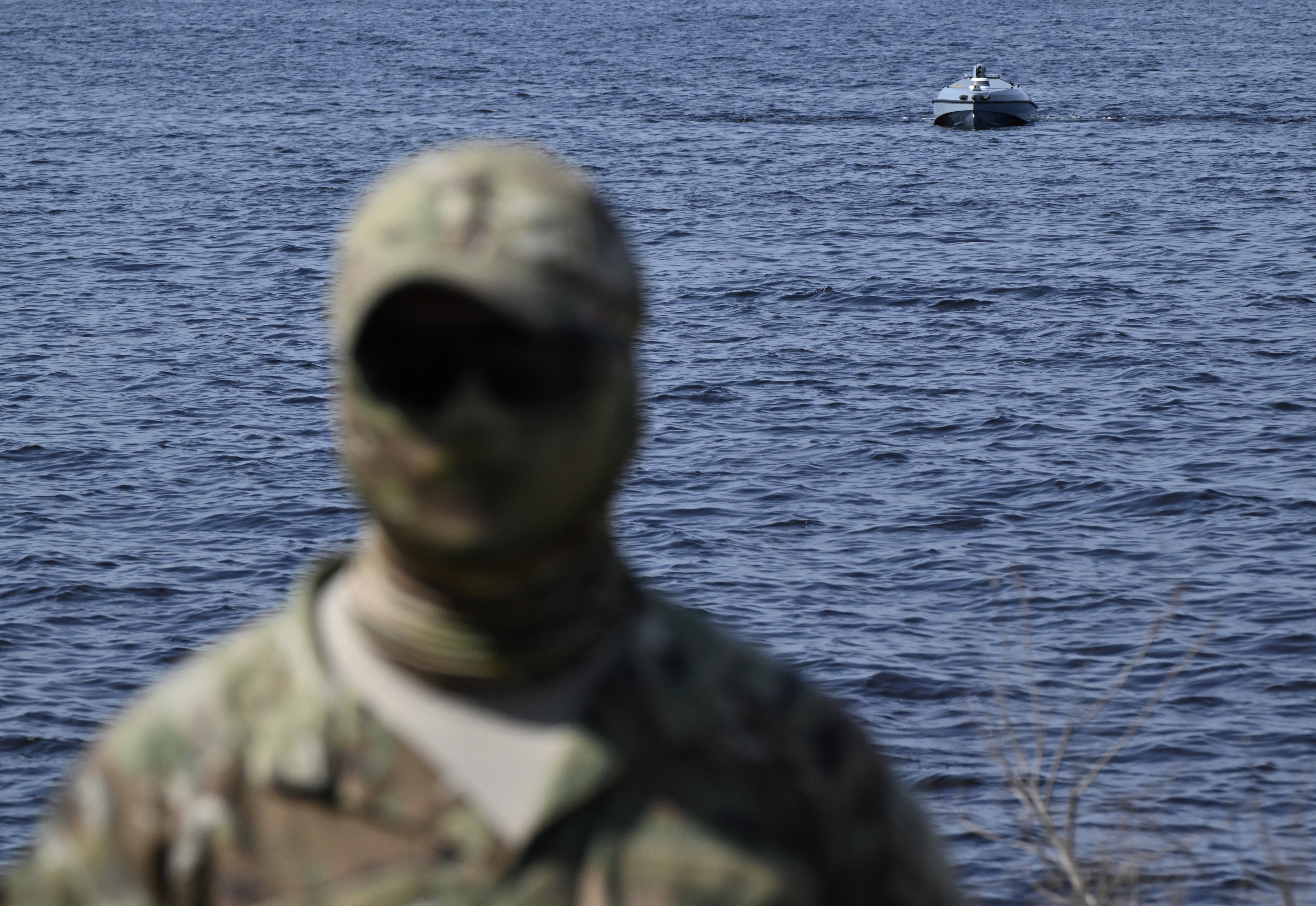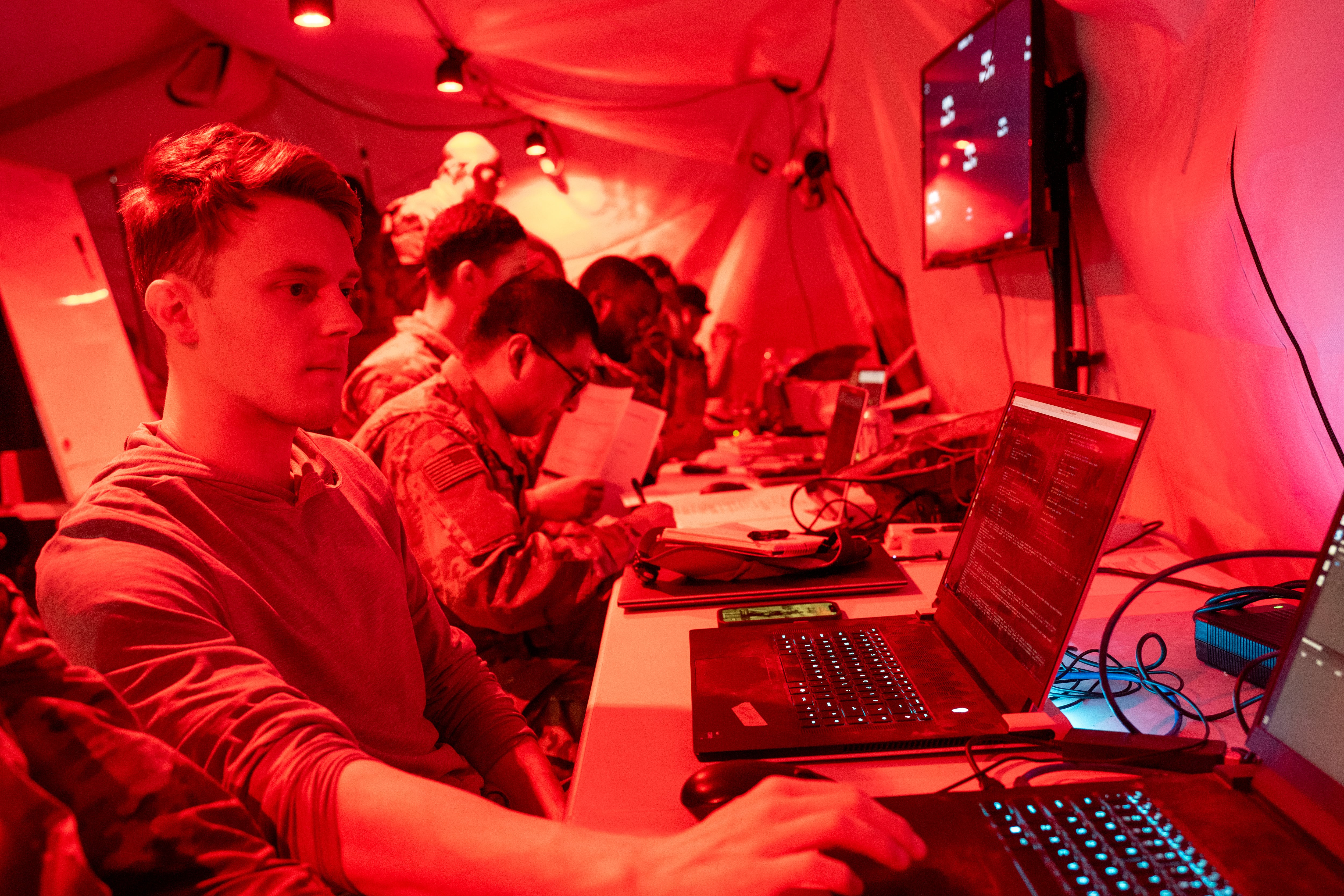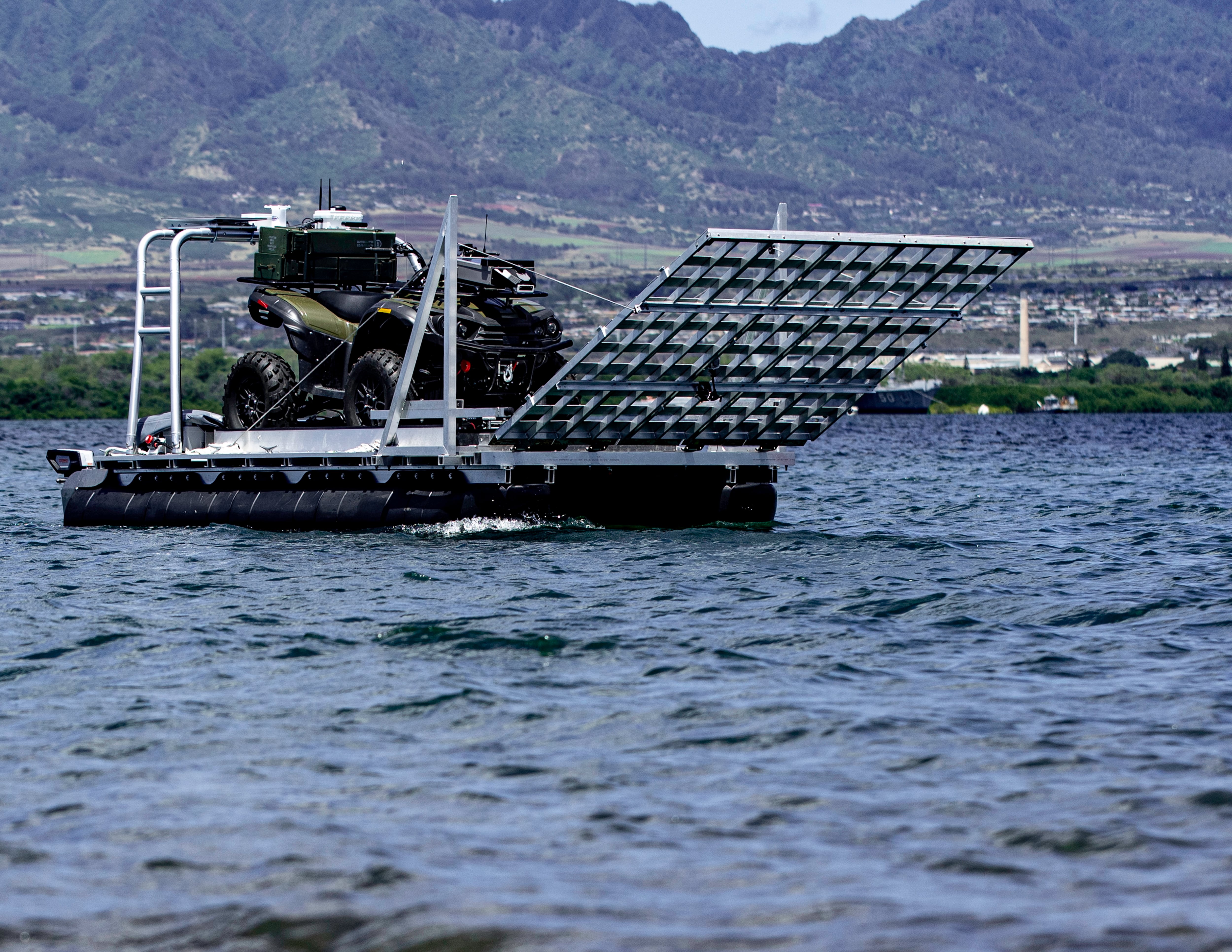WASHINGTON — Much of the focus of the trilateral pact between Australia, the U.S. and the U.K., known as AUKUS, has been on military-to-military cooperation, but a group of more than 400 investors is establishing a parallel effort to increase collaboration among the countries’ private sectors.
Innovation advisory firm BMNT announced the AUKUS Defense Investor Network, or DIN, in December and plans to host its first meeting in early February. The group, which represents about $265 billion in venture capital, brings together existing investor networks in the three countries with a goal of increasing funding for national security innovation.
Heather Richman, who chairs the U.S. DIN and is a co-chair of the AUKUS group, told C4ISRNET the network is designed to give investors a chance to ask questions, share challenges and better understand the technology needs within the national security community. Meetings will also feature discussions with defense officials from the three countries.
“It’s really just a forum to get new investors to understand the space, to be interested in the sorts of things that matter to our national security, and for the government side and military side to communicate objectives,” Richman said in an interview.
The AUKUS DIN doesn’t require membership dues and isn’t incorporated. Its members range from top-tier venture funds to corporate venture groups attached to defense primes to individuals with little knowledge of national security investing.
While its membership is comprised of mostly U.S. firms, there’s a growing contingent from the other two countries. Australia, which started its network about 18 months ago, has 40 members and the U.K., whose DIN was created last March, has about 80.
Richman noted that the U.S. defense industrial base and venture capital community is much larger than that of Australia and the U.K., explaining its out-sized presence in the AUKUS DIN. According to analytics firm Pitchbook, U.S. startups focused on defense technology drew more than $100 billion in private capital between 2021 and 2023 — 40% higher than what was invested in the previous four years.
Still, all three countries add value to the investor network, she said.
“It’s obvious that other countries want to access our defense industry and our private capital markets, but there’s a lot we can learn from all sides,” Richman said.
Australia and the U.K., for example, have access to a range of minerals needed to make electric vehicles and weapons and are investing in new processing facilities.
Richman also highlighted Britain’s success establishing public-private partnerships through its National Security Strategic Investment Fund, which invests in commercial firms developing advanced technology.
“They have proven that you can take private dollars and public dollar dollars and put them into an entity and successfully invest,” she said. “Our government and our military and our private sector has not come to that point.”
AUKUS goals
The goal of AUKUS is to deepen military and industrial base ties between the three countries and strengthen security in the Indo-Pacific region. The first phase, or pillar, centered on helping Australia establish its own nuclear-powered submarine fleet.
The AUKUS DIN’s formation comes as the three countries broaden the focus of their defense collaboration to include advanced military technology — part of the pact’s next stage, known as Pillar II. Those technologies include quantum, AI, undersea, hypersonics and electronic warfare.
The U.S. hosted an AUKUS summit in early December, unveiling several Pillar II initiatives to advance technology cooperation and support the industrial base. That includes a series of joint maritime exercises, an electronic warfare-focused “prize challenge” led by the Defense Innovation Unit and a series of industry forums to discuss technology needs.
In a joint statement highlighting various Pillar II commitments, defense leaders from each of the three countries said they welcome the creation of the AUKUS DIN and vowed to leverage the investor base “to strengthen financing and facilitate targeted industry connectivity.”
While early AUKUS DIN meetings will likely provide a venue for braoder questions about the security pact and the specifics of Pillar II, Richman expects the group to also tackle policy concerns and work to create opportunities for more free-flowing discussions between private investors and the military about technology priorities. Those conversations, she said, help promote understanding on both sides and can drive venture funding toward companies developing capabilities the military needs.
“These investors are putting dollars in very early. They’re creating and then steering industries,” she said. “If we have a better understanding about what are the needs at the military, the government level, that can actually affect and change the way they might be investing.”
The AUKUS DIN is not an advocacy organization, she said, but there is opportunity for the network to provide feedback to defense officials and other stakeholders on how things like export control policy, classification and procurement processes impact the private sector.
The DIN will also coordinate its meetings around the industry forums that the three countries plan to host over the next year. Richman said those will be informal gatherings aimed at “building bridges of trust between these countries as they are looking toward leaning on private capital more and more.”
Courtney Albon is C4ISRNET’s space and emerging technology reporter. She has covered the U.S. military since 2012, with a focus on the Air Force and Space Force. She has reported on some of the Defense Department’s most significant acquisition, budget and policy challenges.








